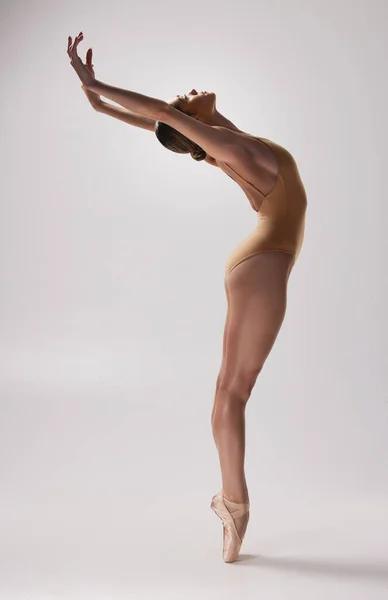Mirror, mirror on the wall. What's the worst Disney remake of them all?
Disney recently released the live-action remake of a beloved animated classic, "Snow White," starring Rachel Zegler, Gal Gadot and Andrew Burnap. And viewers have shown no mercy.
 |
IMDb Disney's live-action remake of "Snow White" is currently the lowest-rated movie on IMDb, with a score of 1.6. |
With a 1.6/10 rating on IMDb and a 40% rating on Rotten Tomatoes, the film has been widely considered a flop, both critically and financially. The film grossed around $195 million globally, falling short of Disney's initial expectations of $225 million. Considering estimated production and marketing costs of $410 million, Disney is projected to lose a significant amount of money on this film.
The film faced controversy from the start, including criticism over casting choices, the use of computer-generated little people, and the lead actress's comments about the original film.
Before the film was released, Zegler faced online attacks from people who disagreed with her casting in the role of a character deemed to have skin "as white as snow." The comments Zegler made, in 2022, about the original film were based on her political views and sparked backlash as well. She said the original film was a "love story with a guy who literally stalks her," and "extremely dated when it comes to the ideas of women being in roles of power."
Many saw these words as a rebuke against Disney's tradition.
As a Disney fan that grew up on the original 1937 film, "Snow White and the Seven Dwarfs," I find Zegler's criticism a bit offensive, but I wasn't going to let the controversy influence my feelings on the film.
I needed to see it myself.
After seeing the extremely low ratings and critics use the words "mediocre," "disappointing" and "uninspired," I was skeptical.
But it's Disney, it can't be THAT bad. Right?
I didn't necessary leave the theater thinking the film was awful, but I also didn't leave thinking it was worth the $15 I spent to watch it. The thing was, I didn't feel like I was watching Snow White. There were moments of the film that felt like a completely different story.
People don't always like change, so I understand the general audience's frustration with the major adjustments to the plot.
 |
The Hollywood Reporter Fans expressed frustration with the casting choices and the amount of change to the original story of "Snow White and the Seven Dwarfs." |
I think many people, myself included, were hopeful that it would live up to the timeless legacy of "Snow White and the Seven Dwarfs," and, unfortunately, it did not.
Some critics feel "Snow White" has a chance to perform better on streaming services. It would be more accessible to families and, more importantly, to children, who I assume are the target audience of this film. Additionally, its summer debut could take advantage of schools being on summer break.
The low box office performance and harsh critiques have already begun to have an impact on Disney, causing a halt in the development of a live-action remake of "Tangled." Is Disney reconsidering its reliance on live-action remakes?
It's unusual to see a Disney film perform so horribly, but the feedback and honesty from the audience will only help the company in its future projects.
My love for Disney persists.
________________________________________
another in-depth opinion on Disney's "Snow White."
________________________________________
Rating: 4/10





:max_bytes(150000):strip_icc():focal(561x0:563x2)/Simone-cover-7d44995ccf4542c38940602eaeece0a6.jpg)









